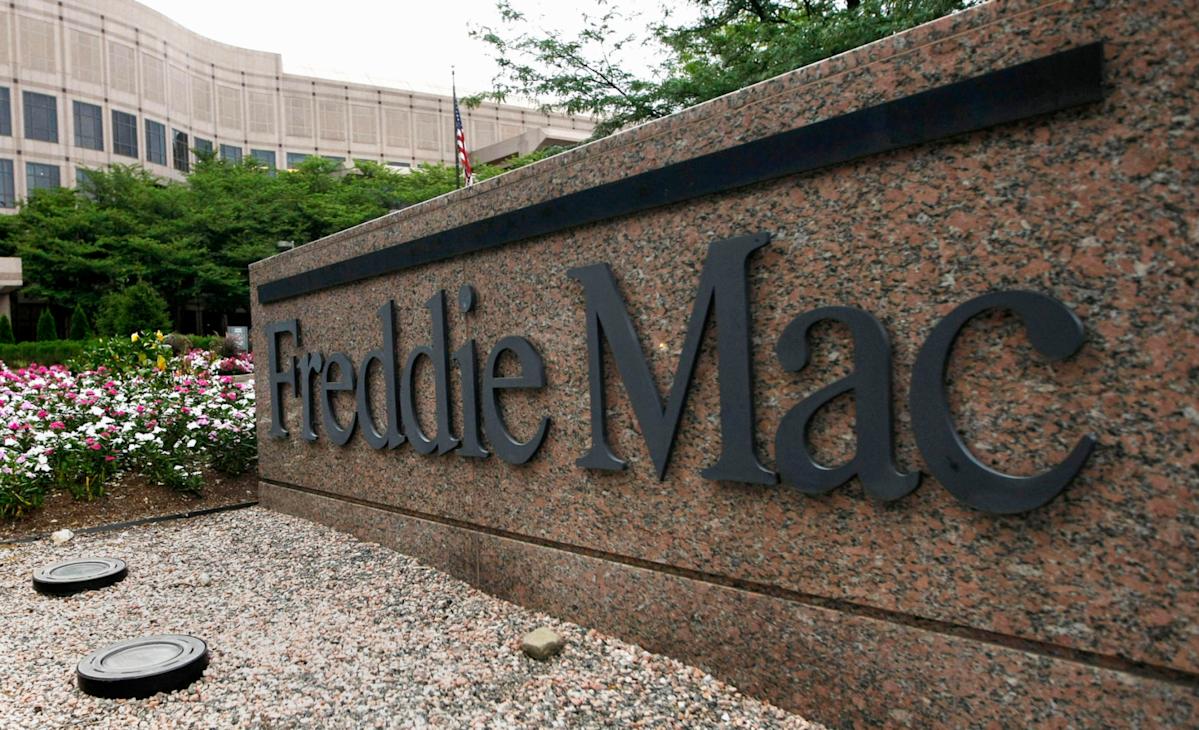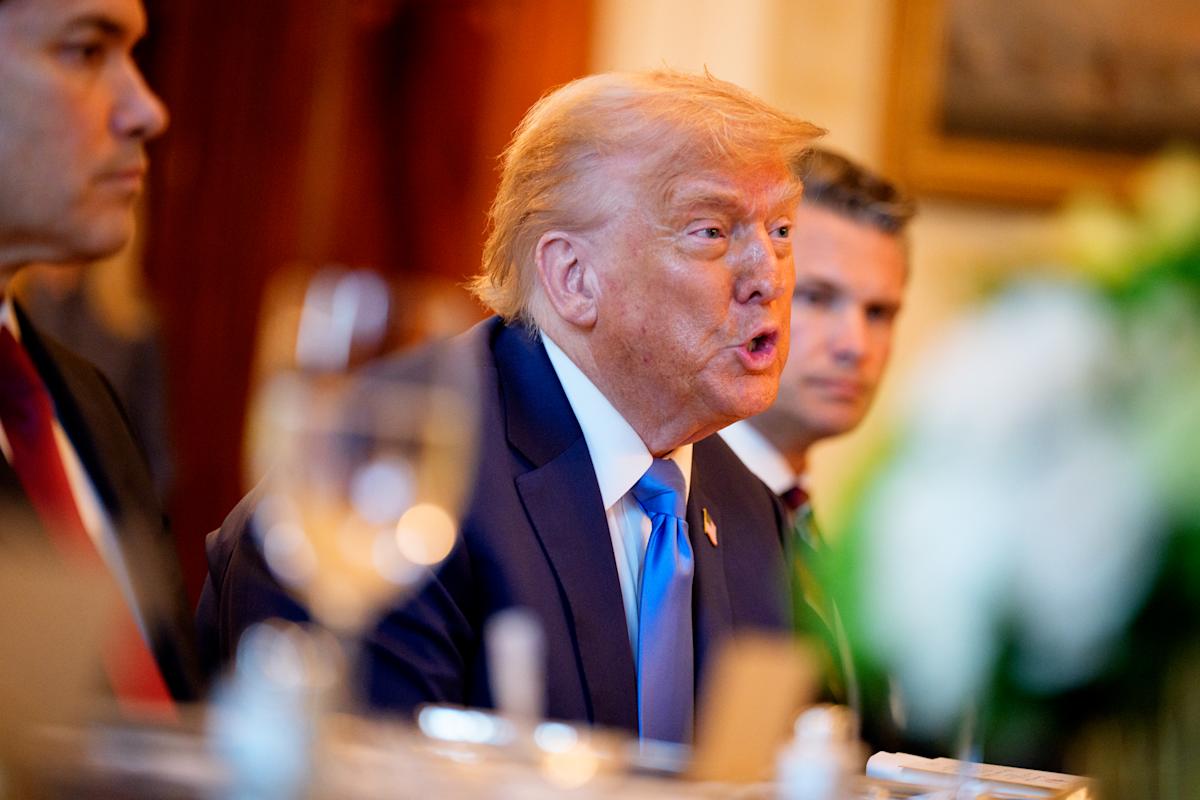
US-China Trade Talks: Key Issues and Progress
Overview of US-China Trade Talks
The ongoing US-China trade talks in London have entered their second day, with both sides aiming to mitigate the economic damage caused by months of escalating trade barriers. Led by US Treasury Secretary Scott Bessent and Chinese Vice Premier Lifeng, the discussions are focused on reducing tit-for-tat tariffs and addressing key trade imbalances. The negotiations have been described as "productive" by US Commerce Secretary Howard Lutnick, who noted progress on technical details. Key objectives include restoring access to critical Chinese exports, such as rare earth minerals, and the potential lifting of US restrictions on high-tech exports to China, including jet engine parts and semiconductor software. These discussions are viewed as pivotal for stabilizing global trade relations and preventing further economic fallout.
Economic Impacts and Key Issues
The talks are centered around critical economic factors, notably the role of rare earth minerals, which are essential for industries such as automotive and electronics manufacturing. China’s control over these minerals has been a leverage point in negotiations, as they are vital for producing advanced technologies like batteries and electric vehicles. On the US side, restrictions on exporting high-tech components have been a sticking point, as they impact China’s ambitions in artificial intelligence and other cutting-edge industries.
Failure to reach an agreement poses significant risks, including disruptions to global supply chains and inflationary pressures from increased tariffs. Experts warn that prolonged trade tensions could lead to higher consumer prices and reduced availability of key goods. The potential for a breakdown in talks also raises concerns about retaliatory measures, further complicating economic recovery efforts.
Market Reactions and Future Outlook
The prospect of progress in the US-China trade discussions has buoyed investor sentiment, with stock markets responding positively to updates from the London negotiations. Both the S&P 500 and Dow Jones Industrial Average recorded gains as optimism over a potential trade agreement grew. However, analysts caution that the favorable market reaction could embolden policymakers to adopt a tougher stance, potentially escalating tensions in the long term.
Looking ahead, the stability of global trade remains uncertain. While the ongoing talks offer hope for easing tariff-related disruptions, challenges such as legal disputes over existing tariffs and geopolitical tensions could hinder a comprehensive resolution. Economists also warn that failure to secure a lasting agreement may result in a broader economic slowdown, particularly for industries heavily reliant on international trade.
 Sources
Sources- US-China Trade Talks Second Day: Here's What's Stake
 yahoo
yahoo - US-China Trade Talks Second Day: Here's What's Stake
 investopedia
investopedia - Trump tariffs live updates: US-China trade talks going well, stretch Wednesday, Lutnick says
 yahoo
yahoo
- US-China Trade Talks Second Day: Here's What's Stake
 yahoo
yahoo - US-China Trade Talks Second Day: Here's What's Stake
 investopedia
investopedia - Trump tariffs live updates: US-China trade talks going well, stretch Wednesday, Lutnick says
 yahoo
yahoo




